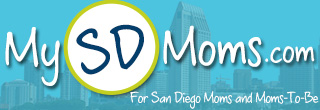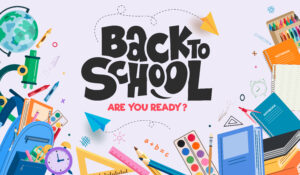 Close your eyes and put yourself in a young child’s shoes. You watch the teacher carefully twist open a brightly colored container. You peek inside and see a liquid sloshing around with a stick in it. The teacher pulls the stick out. There’s a circle on the end of the stick, but it looks empty. As your attention begins to wander, she puts it to her mouth and blows. Like magic, three-dimensional circles appear in the air. The bubbles float in different directions. You can see through them, yet you can also see bright colors. When you finally touch one of the bubbles, it disappears!
Close your eyes and put yourself in a young child’s shoes. You watch the teacher carefully twist open a brightly colored container. You peek inside and see a liquid sloshing around with a stick in it. The teacher pulls the stick out. There’s a circle on the end of the stick, but it looks empty. As your attention begins to wander, she puts it to her mouth and blows. Like magic, three-dimensional circles appear in the air. The bubbles float in different directions. You can see through them, yet you can also see bright colors. When you finally touch one of the bubbles, it disappears!
Learning With Bubbles:
The most effective sources of early learning are immediate, meaningful, and involve children’s discovery and choice. Bubbles not only involve children in learning, but they are fun, easy to use, and ever-changing. In addition, many science processes such as, investigation, discovery, experimentation, observation, definition, comparison, and classification can be learned simply by playing with bubbles. Bubbles help children develop self-concept as they learn about themselves and the world around them, and language development is enhanced when children learn new words to describe bubbles, explain tasks, and label and record bubble experiments.




